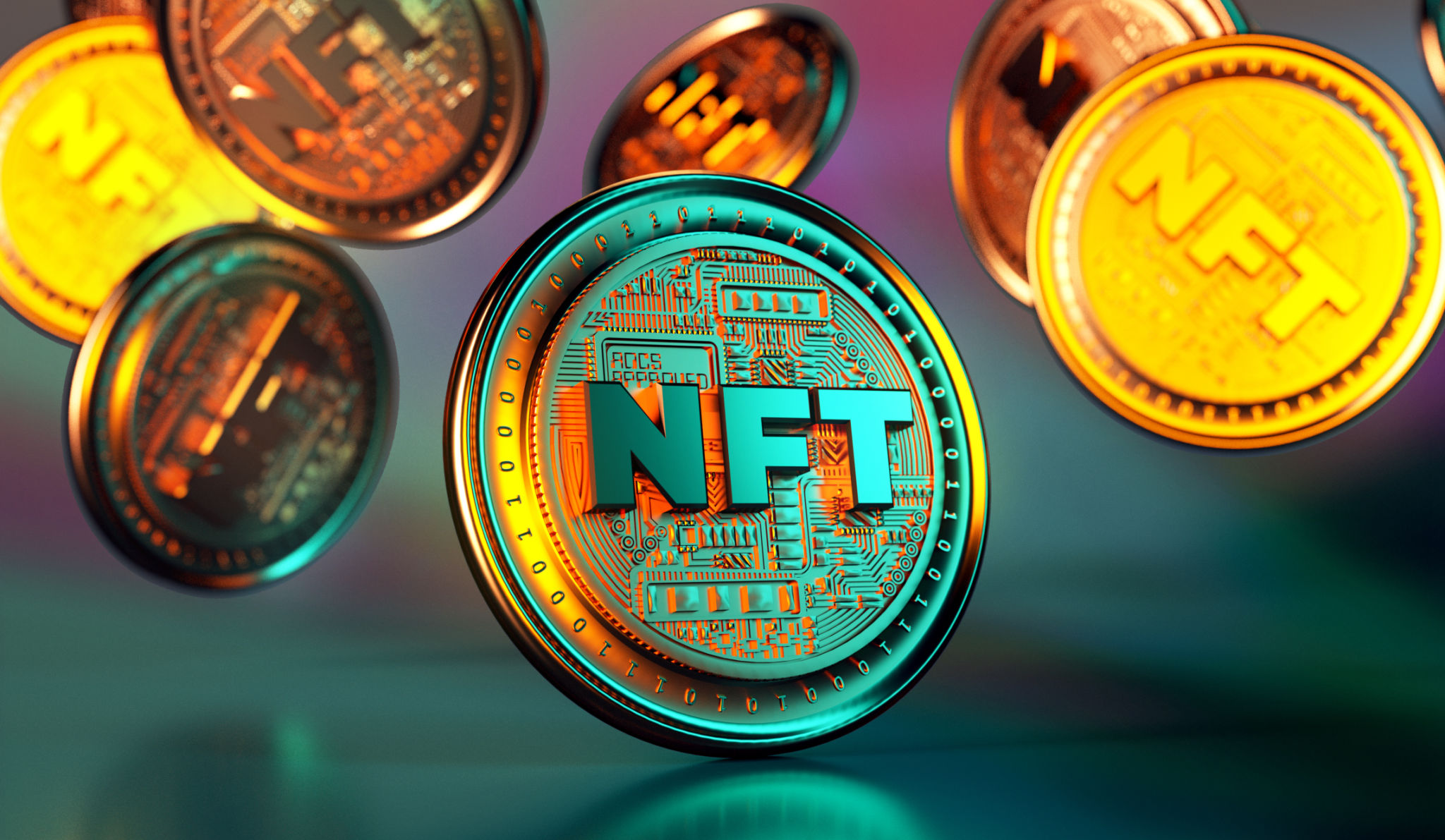The Rise of NFTs in the US: A New Frontier for Digital Artists
The Emergence of NFTs in the Digital Art Sphere
In recent years, the art world has witnessed a revolutionary transformation with the advent of Non-Fungible Tokens (NFTs). These digital assets have unlocked a new realm of possibilities for artists, collectors, and investors alike. In the United States, the rise of NFTs has been particularly noteworthy, marking a significant shift in how art is created, sold, and experienced. As digital art continues to gain traction, NFTs offer artists unparalleled opportunities to monetize their work and reach a global audience.
Unlike traditional artworks, NFTs are unique digital tokens that verify ownership of a specific piece of digital content. This innovation has allowed artists to sell their creations as one-of-a-kind digital assets, thereby enhancing their value and scarcity. With blockchain technology underpinning NFTs, artists can ensure the authenticity and provenance of their work, offering a level of security that was previously unattainable in the digital realm.

The Benefits for Digital Artists
The rise of NFTs has provided numerous benefits for digital artists, empowering them to explore new creative avenues and revenue streams. One of the most significant advantages is the ability to retain control over their work. Unlike traditional art sales, where artists often lose control once their work is sold, NFTs allow creators to set terms that ensure they receive royalties from future sales. This ongoing revenue model is a game-changer for artists seeking financial stability.
Moreover, NFTs have democratized the art world by eliminating geographical barriers. Artists from every corner of the globe can now showcase their work to a vast audience without the need for physical galleries or intermediaries. This direct-to-consumer approach enables artists to build relationships with collectors and fans, fostering a sense of community and engagement that transcends traditional art platforms.

Challenges in the NFT Landscape
Despite their many advantages, NFTs also present challenges that artists must navigate. One such challenge is the environmental impact associated with the blockchain technology that powers NFTs. The energy consumption required for minting and trading NFTs has raised concerns, prompting calls for more sustainable solutions. As the NFT market evolves, finding ways to mitigate these environmental impacts will be crucial for its long-term sustainability.
Additionally, the rapid growth of the NFT market has led to increased competition among artists. With countless creators entering the space, standing out in a crowded marketplace can be difficult. Artists must develop strong branding and marketing strategies to differentiate themselves and attract potential buyers. Collaborations and partnerships with established NFT platforms can also help artists gain visibility and credibility in this burgeoning industry.

The Future of NFTs in the US
As NFTs continue to gain popularity, their potential applications extend beyond digital art. Musicians, filmmakers, and even sports teams are beginning to explore how NFTs can revolutionize their industries. In the US, this trend is expected to accelerate as more sectors recognize the value of digital ownership and decentralized marketplaces.
The future of NFTs holds immense promise for innovation and creativity. As technology advances and public awareness grows, we can expect to see even more groundbreaking developments in the NFT space. For digital artists, this represents an exciting new frontier filled with opportunities to push the boundaries of art and redefine what is possible in the digital age.
